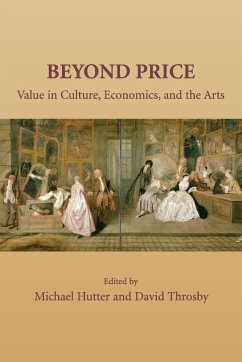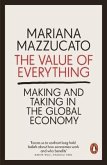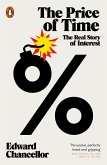Much recent discussion surrounding valuation of the arts and culture, particularly in the policy arena, has been dominated by a concern to identify an economic and financial basis for valuation of art works, arts, activities and more general ways in which we express our culture. Whereas a great deal can be gained from a fuller understanding of the economic value of art, there is a real danger that financial considerations will tend to crowd out all other aspects of value. This book moves beyond the limitations implicit in a narrow economic approach, bringing different disciplinary viewpoints together, opening up a dialogue between scholars about the processes of valuation that they use and exploring differences and identifying common ground between the various viewpoints. The book's common theme - the tension between economic and cultural modes of evaluation - unites the chapters, making it a coherent and unified volume that provides a new and unique perspective on how we value art.
'Beyond Price is an important contribution to the growing interdisciplinary literature on the varied notions of "value" and in particular the conflicts between traditional economics-centered and culture-centered conceptions of value. These issues are of great moment in all cultural disciplines, including cultural economics, the home field of the collection. The book moves the literature a step ahead by focusing on how and why the methodological innovations implied by this work should be implemented. The contributing scholars are first-rate, and Hutter and Throsby themselves have very strong and distinguished reputations in the field of cultural economics.' Randall Mason, University of Pennsylvania








